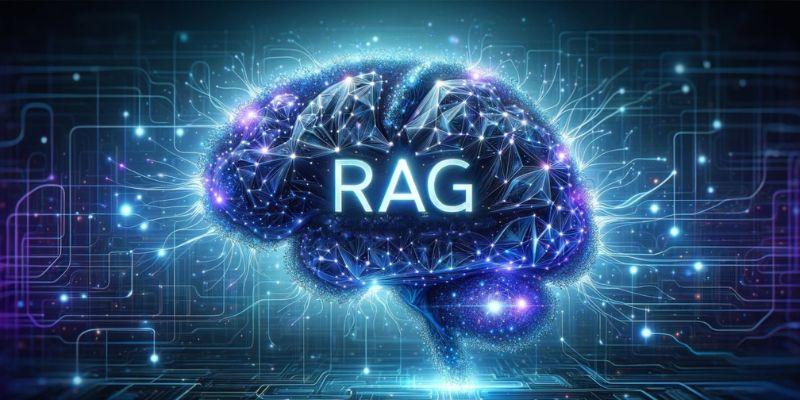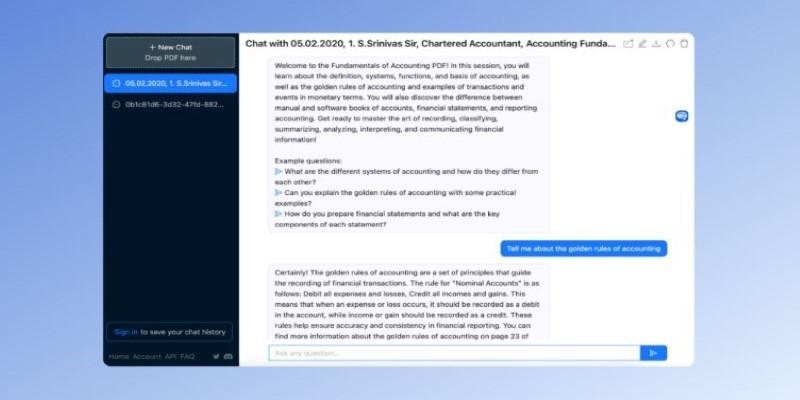The fast development of large language models has brought an urgent requirement for new approaches to evaluation that extend beyond accuracy. Practical lessons can be learned through education: researchers examine how teachers can test the learning and reasoning of students. Borrowing such insights, we will be able to create richer guidelines in evaluating the inference skills of an LLM.

The majority of present-day LLM tests are based on a sequence of established standards that examine memorization and pattern recognition, rather than actual knowledge. These tests are similar to the early educational tests that centered on recall and not on critical thinking. Similarly to how a teacher has found out that pure recall is not a measure of learning, the AI scientists are learning that high scores in standard tests do not mean sound reasoning.
The current approaches typically consider the result of the model without considering the process through which this result is obtained. Similar to marking a math student correctly and not looking at his work, we do not know what the model did to find the answer. It is imperative to be familiar with how this works so that weaknesses can be identified and improvement directed.
Education has come up with more sophisticated instruments of deeper comprehension and can be applied to the LLMs. Much science teaching uses concept mapping, which allows us to assess the way a model structures and connects information. It does not merely test facts but the structure of the relationship of ideas, which is a necessary part of real inference.
Another potent method is the think-aloud protocol. Students synthesize their process of problem solving; scaled to LLMs, this is a chain-of-thought explanation that shows the internal logic of the model. These kinds of explanations allow identifying the location of fault in reasoning, and as a teacher, one can determine the misconceptions by reading the work of students.
Dynamic assessment is interactive in assessing learning potential, not in determining static knowledge. In the case of LLMs, it may include introducing the model to new information during a dialogue or modifying its responses according to feedback. The methodology is used to test the learning and adaptation capabilities of the model, which are essential elements of inference power.

Good assessment involves a combination of methods that encompass the numerous ways in which an LLM can deduce. Similar to an educator with different tests, researchers should also be able to use various tasks to check an LLM on a comprehensive level. Such activities comprise the application of knowledge, where the model needs to apply the knowledge in new situations, and the generation of explanations, where the model demonstrates its thoughts.
The counterfactual reasoning tests assess mental flexibility by requesting the model to examine alternate scenarios. Robustness is tested by consistency checks, in which the same problem is rephrased, and not by simple pattern matching. These actions reflect how teachers check the profound knowledge by observing the students, whether they can apply it in a new situation.
Inspired by the approaches that test the levels of self-awareness in students, metacognitive evaluation can be used to examine whether a student with an LLM conveys confidence or signals insecure responses. It is an essential element of higher-order thinking that most current tests have ignored.
Learning assessment increasingly emphasizes context; the same applies to LLM evaluation. The performance of a model must be tested in various areas to reflect the inference power. Even a good scientific model may not reason well when it comes to social reasoning in the same way as a student will be good in a subject, and they will be bad in another aspect.
Contextual evaluation also tests how models handle progressively complex situations. Similar to teachers who increase the difficulty of a problem to see how deeply a model processes the problem, these tests find the boundaries of a model by determining when a model transitions out of pattern recognition to real-world reasoning. This provides a subtle image as opposed to plain pass/fail measurements.
Inference is best assessed in the real world, like project-based learning. They amalgamate various competencies on information search, constraint planning, and the generation of correct answers to complex challenges. In the case of LLMs, this is done in multi-step problem-solving.
The final purpose of educational and AI assessment is a better result. Teachers use assessment information to customize instruction; model design and training should be informed by LLM evaluation. Process-based assessment reveals certain logical errors that can be corrected through specific training.
The idea of error analysis, which has its origins in education and software testing, is a way of studying errors systematically to comprehend their reasons. In LLMs, this involves the classification of errors: factual errors, logical slip-ups, confusion of context, and generating plans to fix each of them. It is not only the number of mistakes one is trying to count on, but also to understand why they happen.
The idea of formative assessment is used as an iterative evaluation: applications of this method demand continuous testing, not only at the end of the development. This allows developers to identify issues in time and tailor training plans, which saves resources and enhances performance.
There are a number of educational principles that can make the practices of LLM evaluation sharper. Assessment-for-learning is based on the promotion of growth and not performance measurement. The implication of this on LLMs is to design tests that provide specific and practical feedback instead of overall scores.
Differentiation assessment appreciates the fact that models, just as students, do not have equal strengths and weaknesses. The method tailors the tests in terms of the characteristics of a model and its intended purpose, which gives more significant information to the developers and users of the model.
Authentic assessment is efficient when it is applied in the evaluation of real-life performance. It goes beyond artificial standards by evaluating models using real user queries or real deployments so that the test reflects real use.
The implementation of the principles of educational evaluation in the evaluation of LLM creates new opportunities. Based on centuries of pedagogy, we may develop superior strategies to evaluate AI systems more efficiently. This type of interdisciplinary approach takes into account the fact that real intelligence, both biological and artificial, has to be flexible, circumstantial, and open to new information.
Future LLM evaluation will likely combine quantitative metrics with qualitative analysis, statistical tests with interactive tests, and general benchmarks with domain‑specific ones. In the same way, effective teaching incorporates different assessment tools to gain insights into learners' progress; similarly, comprehensive testing of LLMs should be conducted in a variety of ways to reveal what the models can and cannot do.
Along with the development of LLMs, our methods of assessment will have to change. Through educational research, we can create evaluation systems that not only ask what models know but also how they think- creating more robust, reliable, and indeed intelligent AI systems.

Find out what Retrieval Augmented Generation (RAG) is. Explore its key features, benefits, and real-world applications.

How clique-based compression and advanced techniques revolutionize efficient graph storage and analytics for large, clustered graphs.

How building safe, reliable, and ethical AI systems can unlock their potential while minimizing risks and gaining public trust.

How AI revolutionizes productivity, education, and business by fostering collaboration between technology and human intelligence.

Learn the top 5 ways for efficiently analyzing Power BI performance using DAX Studio for better insights and analysis.

Google wants you to use AI for your next vacation by turning complex travel planning into an easy, conversational process. Discover how its AI travel planner simplifies everything from trip ideas to bookings

How to connect Bard to Gmail, Google Docs, YouTube, and other popular Google services. Learn how Bard extensions help streamline tasks and improve productivity by linking your favorite tools in one place

Tired of scrolling through huge documents? Chat With AI to Summarize Obnoxiously Long PDFs and get quick, relevant insights without reading every page. See how AI summarization simplifies your workflow

Explore the differences between Midjourney and DALL·E 3 to find the best AI image generator in 2025. Compare styles, accuracy, usability, and more

How educational assessment techniques can improve how we evaluate large language models' inference capabilities, moving beyond accuracy metrics to assess true reasoning and understanding.

Discover powerful AI apps transforming productivity, creativity, communication, and everyday problem-solving

Discover eight real-world AI in e-commerce examples for 2025, from smarter shopping to personalization and future growth.